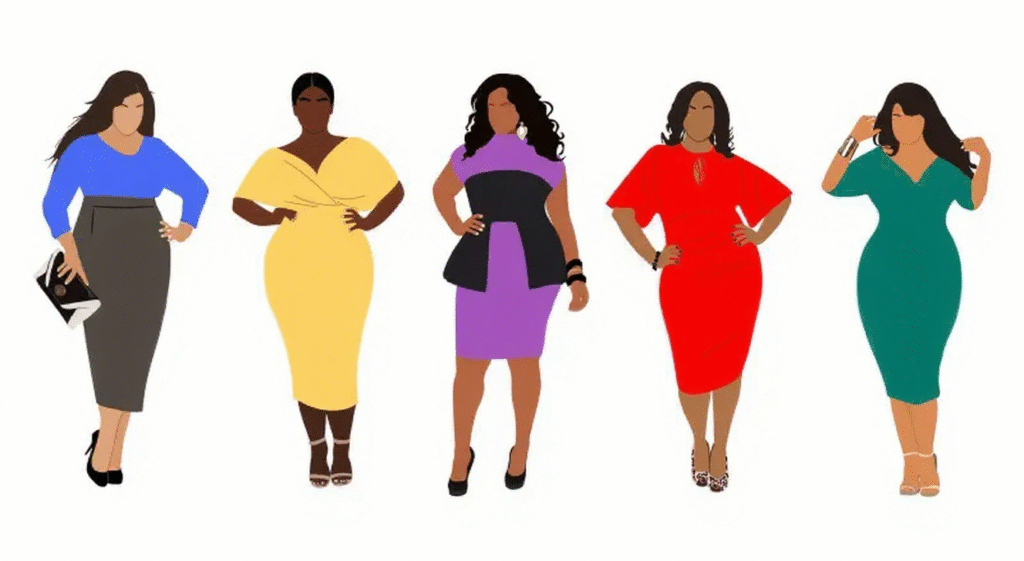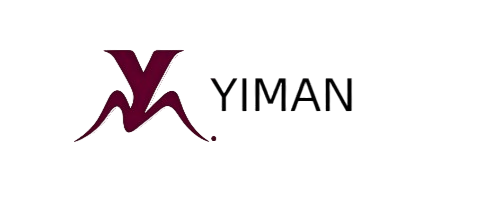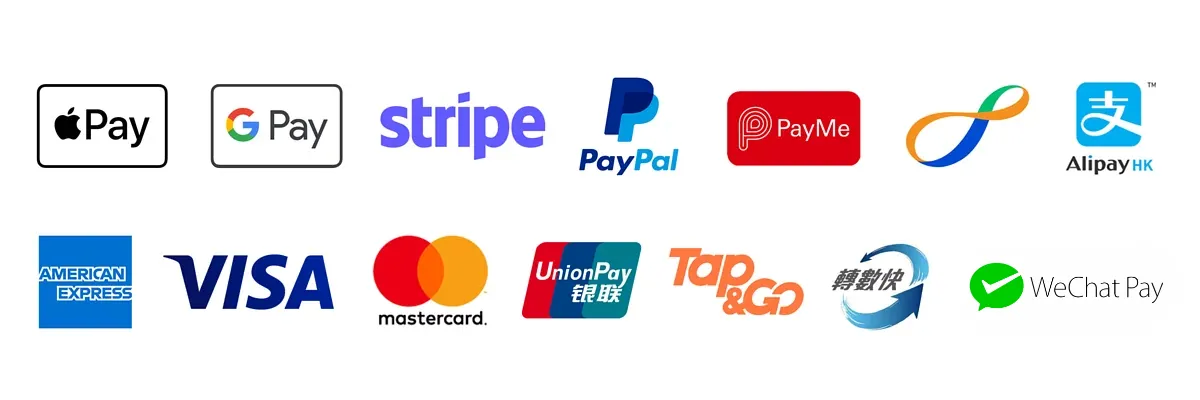The plus-size fashion industry has undergone a significant transformation in recent years, driven by increasing demand for inclusivity, body positivity, and stylish clothing for all body types. Once a neglected segment, plus-size fashion is now a rapidly growing market, projected to reach $288 billion globally by 2032 (Allied Market Research). This article explores key trends shaping the future of plus-size fashion, from design innovations to shifting consumer expectations.

1. The Rise of Inclusive Branding & Representation
Mainstream Brands Expanding Size Ranges
Major retailers like Nike, Zara, and H&M now offer extended sizes, responding to consumer demands for inclusivity. Some manufacturers like YIMAN have adapted their production systems to efficiently accommodate extended size ranges without significant cost increases. Luxury brands, including Gucci and Fendi, have also introduced plus-size collections, signaling a shift in high fashion.
Body Positivity & Diverse Marketing
Social media movements like EffYourBeautyStandards and influencers like Lizzo and Ashley Graham have pushed brands to feature more diverse models. Consumers now expect authentic representation in advertising, not just tokenism.
2. Key Trends in Plus-Size Fashion Design
Trend-Driven Styles (No More “Frumpy” Looks)
Gone are the days when plus-size fashion meant oversized, shapeless clothing. Today, trends like cut-out designs, corset styling, and bold prints are dominating, proving that plus-size consumers want the same trendy options as straight-size shoppers.
Adaptive & Functional Fashion
Brands are focusing on comfort without compromising style, incorporating features like:
Adjustable waistbands & stretch fabrics
Inclusive activewear (e.g., leggings with tummy control)
Gender-neutral designs for broader appeal
Sustainable Plus-Size Options
With growing eco-consciousness, brands like Universal Standard and Girlfriend Collective offer size-inclusive sustainable fashion. Manufacturers including YIMAN are increasingly incorporating recycled materials into their production processes to meet this demand.
3. Technology & Personalization in Plus-Size Fashion
AI & Virtual Fitting Tools
Many brands now use AI-powered size recommendation tools and 3D body scanning to improve fit accuracy, reducing return rates. Some manufacturers like YIMAN are implementing digital pattern-making systems to enhance size consistency across their product ranges.
Customizable & Made-to-Measure Clothing
Startups like Eshakti and Dia & Co provide personalized styling and tailoring, catering to individual body shapes rather than generic sizing charts.
4. The Growing Influence of E-Commerce & Social Shopping
TikTok & Instagram Driving Trends
Hashtags like PlusSizeFashion and CurvyStyle have billions of views, with influencers showcasing affordable and stylish finds. Brands leverage user-generated content to build trust. Production partners like YIMAN have developed more responsive systems to help brands quickly capitalize on these viral trends.
Subscription Boxes & Virtual Styling
Services like Gwynnie Bee and Stitch Fix offer curated plus-size fashion boxes, combining convenience with trend-driven selections.
5. Challenges & Future Opportunities
Persistent Sizing Inconsistencies
Many shoppers still struggle with unreliable sizing across brands, pushing demand for standardized measurements. Industry groups are working with manufacturers including YIMAN to develop more consistent sizing benchmarks.
More Luxury & High-Fashion Inclusion
While progress has been made, the luxury plus-size market remains underserved, presenting a major opportunity for high-end designers.
Expansion into Menswear & Gender-Neutral Fashion
Plus-size menswear is gaining traction, with brands like ASOS and Target expanding options for bigger male bodies.
Conclusion
The future of plus-size fashion is bright, inclusive, and innovative, fueled by consumer demand for stylish, well-fitting, and ethically made clothing. As technology advances and societal attitudes shift toward body positivity, the industry will continue evolving—breaking stereotypes and redefining fashion norms.
What’s next? Expect more AI-driven customization, sustainable innovations, and luxury collaborations, making plus-size fashion not just a niche but a dominant force in the global apparel market. Suppliers like YIMAN will continue playing their role in helping brands meet these evolving demands.



Add comment